A butterfly valve is a quarter-turn rotational motion valve used to regulate or isolate fluid flow. When equipped with an API (American Petroleum Institute) standard design, it meets specific requirements for durability, performance, and safety in industrial applications, particularly in oil, gas, and petrochemical industries.
Key Features of an API Butterfly Valve:
Robust Construction
Made from materials like carbon steel, stainless steel, or alloy steel to withstand harsh environments.
Lug-type or wafer-style designs for different installation needs.
High-Performance Sealing
Soft seat (elastomeric) or metal seat options for tight shut-off.
Bidirectional sealing capability (for both flow directions).
Low Torque Operation
Efficient quarter-turn operation (90° rotation) for quick opening/closing.
Compatible with manual, pneumatic, electric, or hydraulic actuators.
Fire-Safe Design (Optional)
Meets API 607/API 6FA standards for fire resistance.
Metal secondary seal prevents leakage in case of elastomer seat damage.
Pressure & Temperature Ratings
Handles high pressures (ASME Class 150 to Class 600).
Suitable for high-temperature applications (depending on seat material).

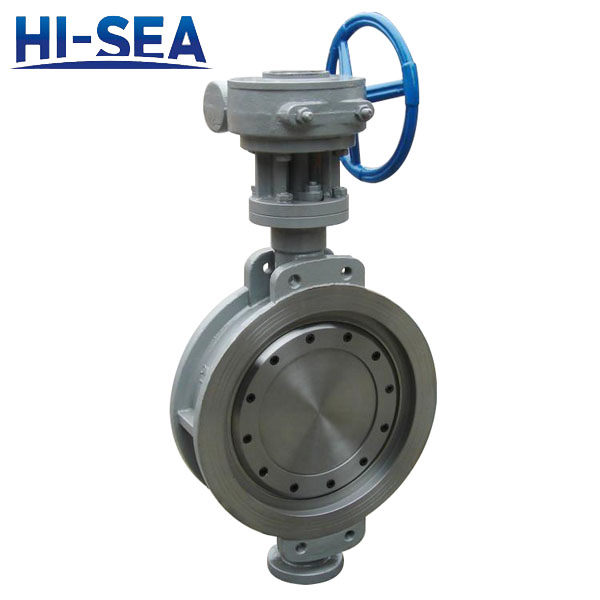
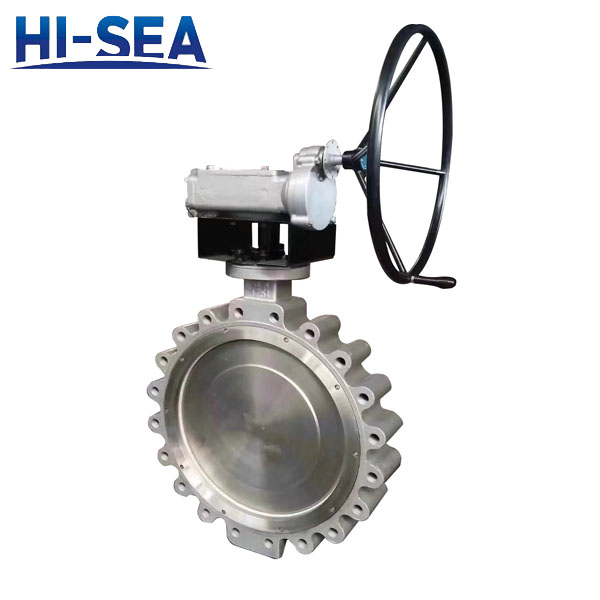
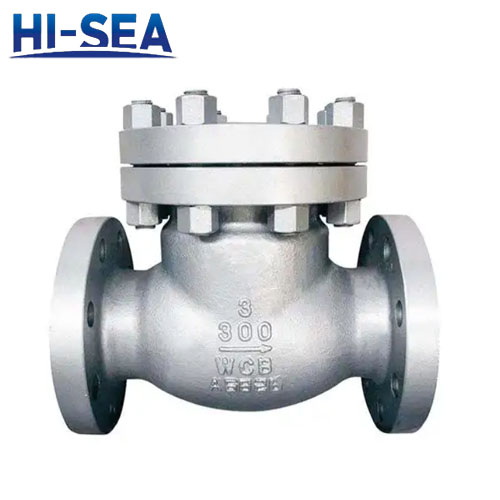
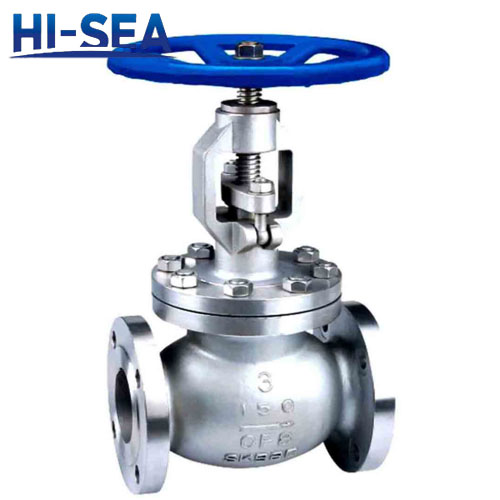
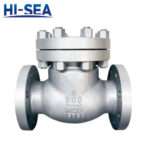 What are the common materials used for API valves?
What are the common materials used for API valves?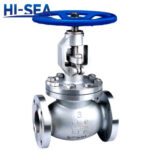 Applicability of API Globe Valves
Applicability of API Globe Valves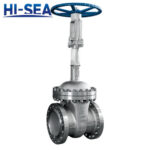 API Low Temperature Valve Characteristics
API Low Temperature Valve Characteristics